The man-machine combination concept is an old one. Way back in 1908, Jean de la Hire introduced us to Nyctalope, which was probably the first real superhero and cyborg in his book titled L’Homme Qui Peut Vivre Dans L’eau (The Man Who Can Live in the Water). In 1928, author Edmond Hamilton told us about space explorers who were partly organic and partly-machine in his book The Comet Doom.
The term cyborg has come from the phrase cybernetic organism, and in layman terms it is a theoretical or fictional being possessing both organic and bio-mechatronic parts. It was created by Manfred Clynes and Nathan S. Kline in 1960 to refer to an enhanced human being who could survive in extraterrestrial environments.
The book Cyborg: Evolution of the Superman by D.S. Halacy released in 1965 talked of a new frontier that was “not merely space, but more profoundly the relationship between inner space to outer space—a bridge between mind and matter,” as mentioned in its introduction.
Cyborgs have also figured in Hollywood movies to a large extent. For example, cybermen in Doctor Who franchise, Borg in Star Trek and Darth Vader in Star Wars. While these looked more mechanical, the terminators from Terminator movie series and the human cylons from Battle Star Galactica, among others, appeared more human. Cyborgs in fiction are often portrayed with physical or mental abilities that are much more superior than humans’.

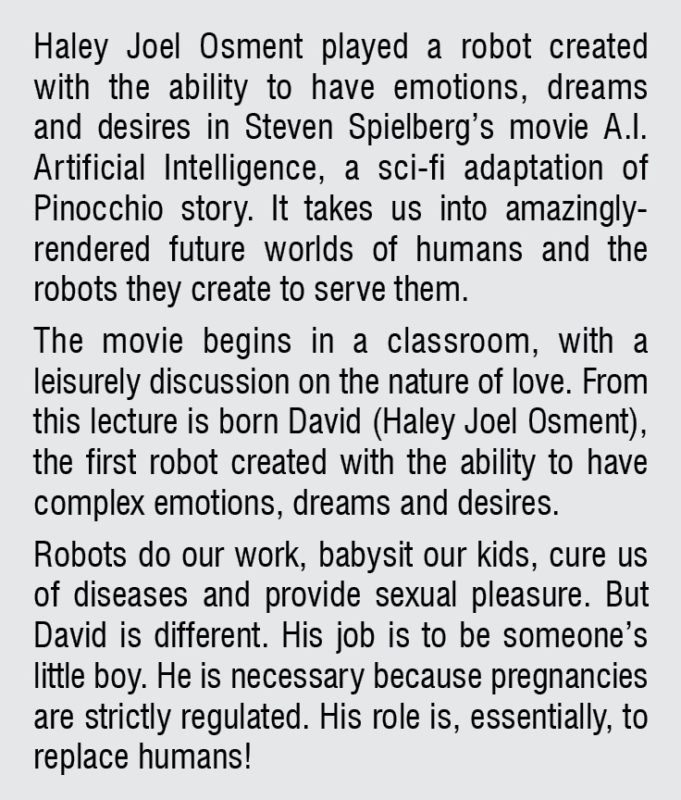 The term cyborg is a little different from the word bionic and often stands for an organism that has restored function or enhanced abilities due to the integration of some artificial component or technology that relies on some sort of feedback. While cyborgs are popularly conceived as mammals, these could even be any sort of organism. The term cybernetic organism has been applied to networks such as road systems, corporations and governments, and has also been extended to micro-organisms that are adapted to perform at higher levels than their unchanged equivalents.
The term cyborg is a little different from the word bionic and often stands for an organism that has restored function or enhanced abilities due to the integration of some artificial component or technology that relies on some sort of feedback. While cyborgs are popularly conceived as mammals, these could even be any sort of organism. The term cybernetic organism has been applied to networks such as road systems, corporations and governments, and has also been extended to micro-organisms that are adapted to perform at higher levels than their unchanged equivalents.
Types of cyborgs
As per a school of thought, humans with any kind of physical attachment, even those using very basic devices such as an artificial cardiac pacemaker or implantable cardioverter-defibrillator to enhance their biological capabilities, can be called cyborgs. This is because these devices measure voltage potentials in the body, perform signal processing, and can deliver electrical stimuli, which enables the persons to live.

Another idea of an alternative cyborg called Lobster is one fabricated not by using internal implants but by using an external shell such as a powered exoskeleton. It is the reverse of human cyborgs that appear human externally but are synthetic internally. Lobsters look inhuman externally but are human internally.
In the movie Batman: The Dark Knight Returns Part 2, Batman puts on a powered exoskeleton for his combat with Superman. This enables him to lift the Batmobile easily with one hand and fight on equal terms with Superman.
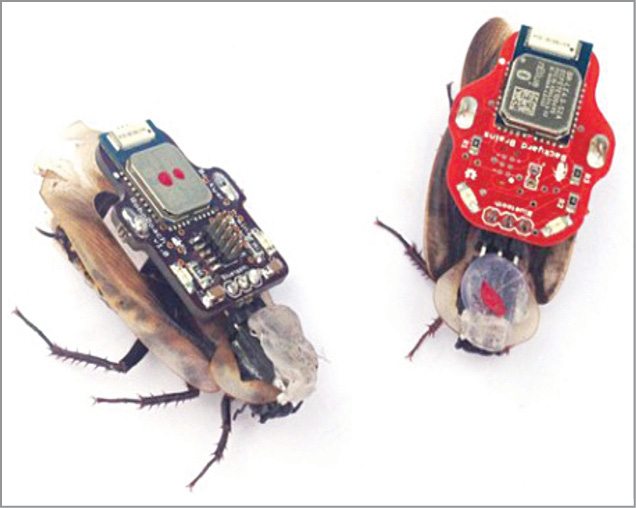
The US Army is in the process of creating an Iron Man-like suit that imparts super-human strength to the user. This exoskeleton is called a Tactical Assault Light Operator Suit (TALOS) and will have a strata of smart materials built-in with sensors, as well as a wearable computer very much like Google Glass. It will be able to keep an eye on soldiers’ critical parameters and multiply the available strength using hydraulics.
Powered exoskeletons also enable firemen and other rescue workers to endure hazardous conditions. In the healthcare sector, their application ranges from carrying out very accurate surgeries to enabling nurses to shift bulky patients. And then there are several other important uses for people with disabilities and special needs.
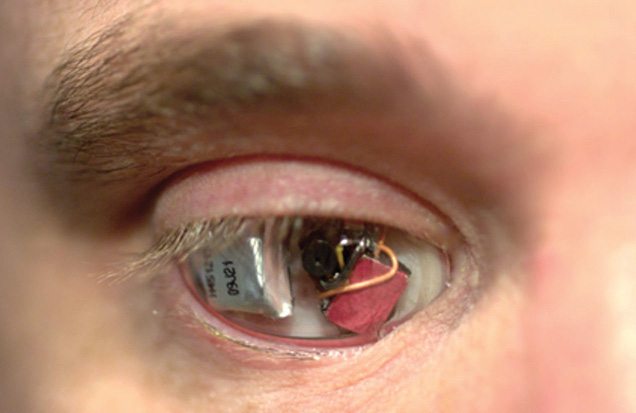
ReWalk is a commercial exoskeleton and a bionic walking-assistance device that uses powered leg attachments to enable paraplegics to stand straight, walk and climb steps.
Then, we have animal cyborgs. RoboRoach is the result of a project started at the University of Michigan, USA, by a biomedical engineering student. It is a kit that enables students to use micro-stimulation to fleetingly control the movements of a walking cockroach (in left and right directions) using a Bluetooth-enabled smartphone as the controller.
Cyborg applications
In the Field of Medicine:
In the medical field, broadly there are two types of cyborgs: restorative and enhanced. Restorative technologies help restore lost function, organs, and limbs by repairing broken or missing processes to a healthy or average level of function.
On the other hand, an enhanced cyborg aims to surpass normal processes or even add new functions that were not originally there. Bionic implants enable model organs or body parts to impersonate the original function and often even surpass these.
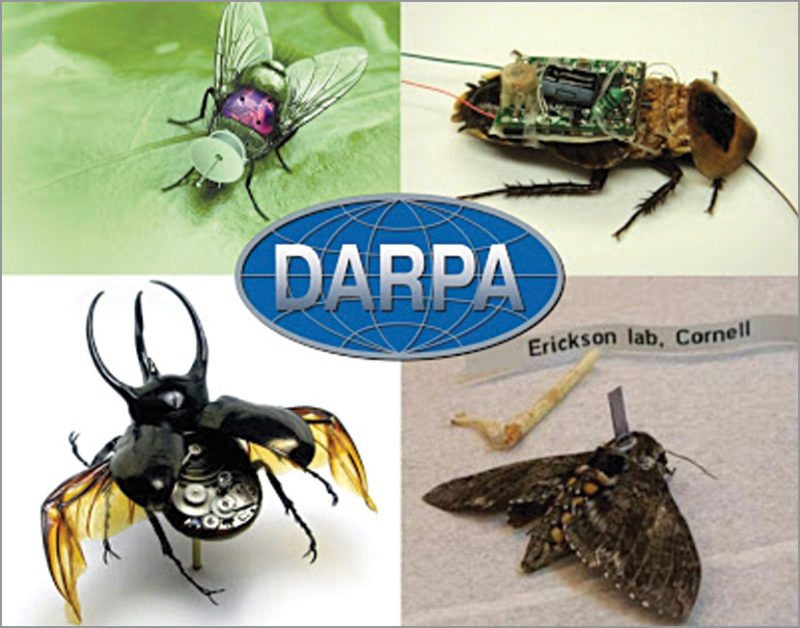
A brain-computer interface, or BCI, provides a direct path of communication from the brain to an external gadget, successfully generating a cyborg.
Retinal implants are another practice of cyborgisation in medicine. Efforts are on towards perfecting this technology, and there have been major advances in the use of electronic stimulation of the retina to enable the eye to sense patterns of light. A specialised camera is worn by the user on the frames of their spectacles, which converts the image into a pattern of electrical stimulation.
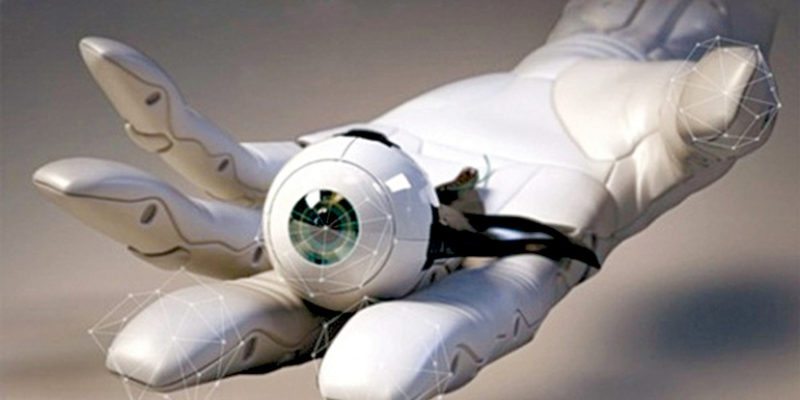
A chip present in the user’s eye electrically stimulates the retina with this pattern by exciting certain nerve endings that transmit the image to the optic centres of the brain and the image is seen by the user. Such type of innovation could enable blind people to see again.
Similarly, mute people could start speaking again. A surgery can enable redirection of the nerve that controls the voice and sound production to a muscle in the neck. A sensor picks up electrical signals, which are then transmitted to a processor to control the timing and pitch of a voice simulator. The simulator, in turn, vibrates, producing a multi-toned sound that can be shaped into words by the mouth.
With advances in medical technology, developments such as implantable silicon silk electronics, augmented reality and QR codes are narrowing the gap between technology and the human body. Hypothetical technologies such as digital tattoo interfaces can combine body-modification aesthetics with interactivity and functionality.
By Defense Forces:
Military departments have been researching utilisation of cyborg animals for tactical advantage purposes. Defense Advanced Research Projects Agency (DARPA), an agency of the US Department of Defense, is in the process of developing cyborg insects to transmit data from sensors implanted into an insect during the pupal stage. The insect’s motion is controlled from a micro-electro-mechanical system (MEMS) and it can be used to survey an environment or detect explosives and gas.
In 2006, researchers at Cornell University, USA, invented a surgical procedure to implant artificial structures into insects during their metamorphic development. The first insect cyborgs, with integrated electronics in their thorax to be demonstrated, were moths. The initial success of the technique led to further research and the birth of a programme called Hybrid-Insect-MEMS (HI-MEMS).
The objective of HI-MEMS is to develop tightly-coupled machine-insect interfaces by placing micro-mechanical systems inside the insects during the early stages of metamorphosis. In time to come, researchers plan to develop HI-MEMS for dragonflies, bees, rats and pigeons.
For HI-MEMS cybernetic bug to be considered successful, it should be able to fly to a height of at least 100m (330-feet), have the ability to be guided by a computer into a controlled landing within 5m (16-feet) of a particular end point, and once it has landed, the bug should be able to be made stationary.
On similar lines, DARPA is developing a neural implant to remotely control the movement of sharks, since their unique senses can be exploited to provide data feedback in relation to the location of enemy ships or underwater explosives.
In Space Exploration:
Space exploration is risky for human beings and implementation of various cyborg technologies can prove to be very useful and help in risk mitigation. It was Stephen Hawking who said “Life on Earth is at the ever-increasing risk of being wiped out by a disaster such as sudden global warming or nuclear war. I think the human race has no future if it does not go into space.”
The various challenges associated with space travel in terms of lack of oxygen, food, gravity, exercise and so on can imply we will take several more decades before we can start visiting and even living on various planets—perhaps planet Mars to start with.
While space travel and exploration has many taxing effects on the human body, the main is the biological need for oxygen. If this aspect could be taken care of, then space exploration could be totally transformed.
Two eminent scientists, Manfred E. Clynes, and Nathan S. Kline, have proposed a solution. They have put forward the application of an inverse fuel cell that has the capability to break down carbon dioxide into its components, eliminate carbon, and re-circulate oxygen.
Another inhibiting factor in space travel is exposure to radiation. On average, a human being is exposed to approximately 0.30 rem of radiation on Earth. On the other hand, an astronaut aboard the International Space Station for about a three-month time period is exposed to a radiation level as high as 9 rem. To address this problem, Clynes and Kline theorized a cyborg containing a sensor that would detect radiation levels and a rose-osmotic pump that would automatically inject protective medicines in the required quantity. Lab experiments of injecting these into monkeys as protective medicines have shown positive results in increasing radiation resistance.
The Future
It is imagined that cyborg technology will form a part of the future human evolution. Today we already have MindMesh, an EEG-based thinking cap, which allows the user to attach various gizmos to the brain. For example, a person with impaired hearing can simply plug in a microphone and use it as an ear.
Currently, corneal transplants are available to restore defective eyes, but in the future, perhaps we will only need to insert artificial eyes with zoom capabilities, infrared sensors, and night vision. Cyborg technology will further blur the line between man and machine, in times to come.
Deepak Halan is an associate professor at the School of Management Sciences, Apeejay Stya University






